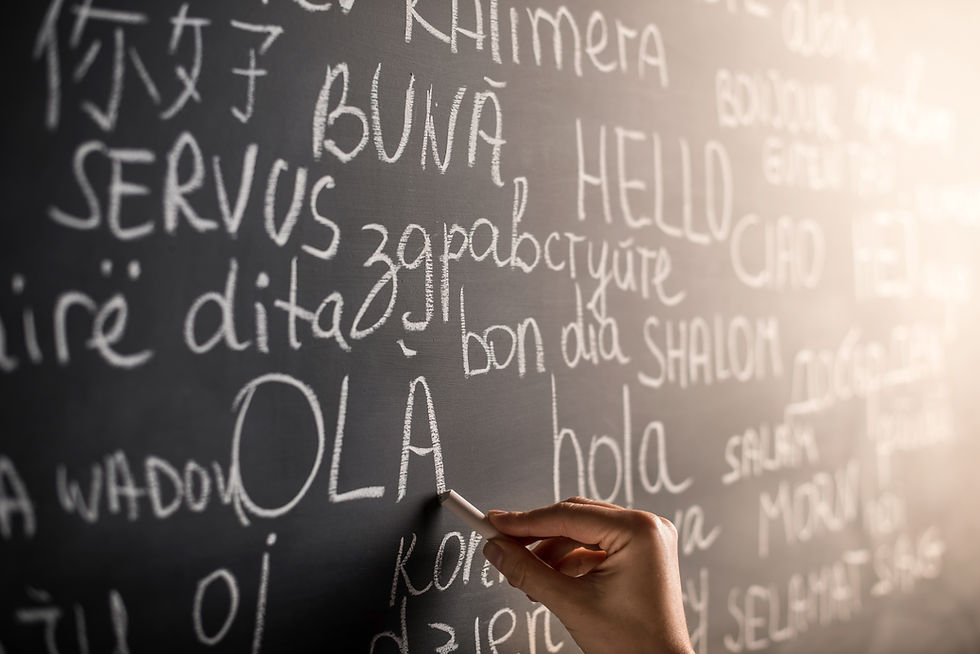The Deaf Community - Hidden Bilinguals
- Claude Best

- Dec 15, 2020
- 2 min read
In conversations about multilingualism and language education, one integral form of communication is often swept to the side. As you have guessed from the title, that form is sign language. Undoubtedly, you have at one point been exposed to one form or another, whether in media, public, or your own daily life. Deaf and mute people, as well as those with disabilities like autism, apraxia of speech, or cerebral palsy, use sign language to communicate with others. Some of the most commonly known forms in the anglophone world are ASL (American Sign Language), BSL (British Sign Language), and Auslan (Australian Sign Language). However, there are around 200 to 300 varieties around the world.
Sign languages are full-fledged dialects with their own grammar and lexicon, and therefore are not mutually intelligible with each other. Words and sentences are formed by a combination of handshape, orientation, location, movement, and expression. According to linguists, both spoken and signed communication are types of natural language, despite the common misconception that they are not “real languages.” Another misunderstanding people have is that sign languages are “dependent” on the national spoken language of its origin. However, sign languages are developed by those who use them, which often equates to those who have little to no knowledge of spoken language.
Many forms of signed communication include fingerspelling, which is the use of a manual signed alphabet. This is used to borrow spoken words or to refer to a proper noun by spelling it out. Apart from manual signs, many other elements are used to convey meaning such as movements of the body, head, eyebrows, eyes, cheeks, and mouth. Each of these elements represents categories of information such as lexical distinction, grammar structure, and adjectives/adverbs. One example appears in Czech Sign language, in which the person signing a verb of emotion may accompany the word with a specific facial expression.
Now, you may be wondering: Why should I learn sign language? What is the point if I don’t have a disability?
The first and most obvious reason is that you will be opened up to an entire community and culture of hard-of-hearing and disabled individuals. Learning some essential phrases in your local sign language will be greatly appreciated by the deaf people you meet. If that is not necessarily enough to convince you, there is also a financial advantage to being fluent in a sign language. The demand for sign interpreters is always high in places like schools, hospitals, courts, and governmental agencies.
The hard-of-hearing community deserves to have access to the same opportunities as the rest of the world, and learning to sign is the first step towards creating an accessible and welcoming environment in which they can thrive.




Comments